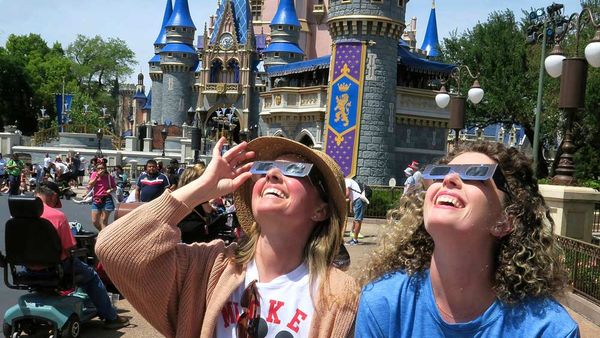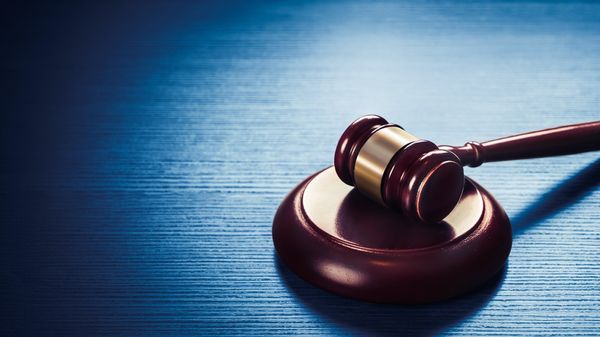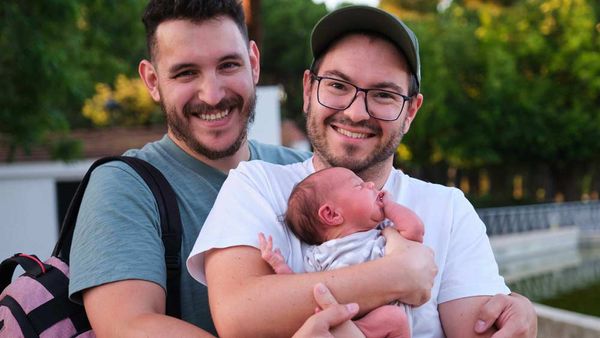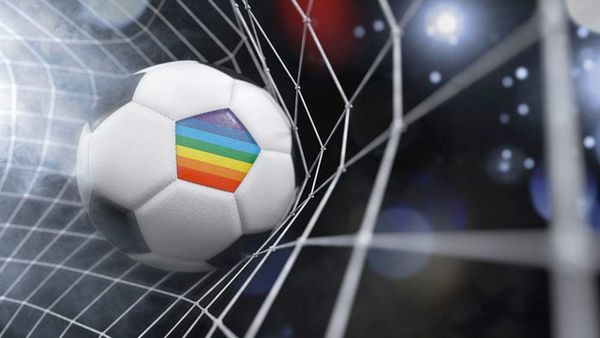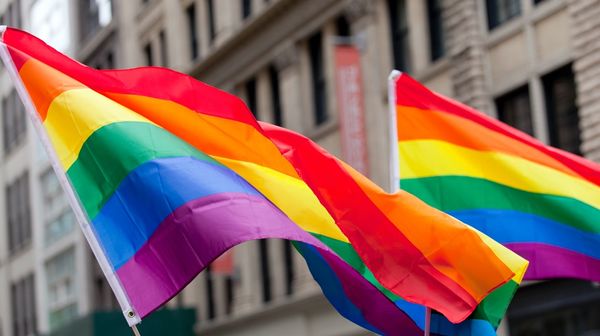
July 9, 2018
Can Facial Recognition Software 'Detect' LGBTQs?
Kilian Melloy READ TIME: 3 MIN.
A psychologist associated with Stanford University whose research reportedly helped pave the way for the abuses allegedly wrought in the 2016 elections by Cambridge Analytica insists that computer analysis of facial features can identify, with a high degree of accuracy, who's a liberal and who's a conservative, which people might be more apt to commit certain sorts of crimes... and who's LGBTQ.
Michal Kosinski's work got the interest of highly-placed Russian government officials, according to UK newspaper The Guardian, which ran an interview with him on June 7.
Kosinski's research not only involved AI analysis of people's facial features to determine if there are relationships between how people look and certain personal characteristics, but he also looks into the field of "mass persuasion" - that is, the manipulation of groups of people by way of social media, among other avenues.
Last year The Guardian published an article on the question of whether computers can reliably be programmed to determine who is LGBTQ and who is straight, based on analysis of facial characteristics. Human "gaydar" might depend in part on subliminal cues that include facial characteristics, voice, and movement, but people can also be mistaken when they claim to know by looking who is gay or straight. Recent studies indicate that computers are much more reliable - up to about 80% reliable, in fact, when it comes to determining who is gay or not among men. (So far, computers are only about 74% accurate in determining who is straight or not among women.)
Kosinski suggested to the Guardian in the more recent article that the intelligence community may have some interest in his work, and not just in notoriously anti-gay Russia. But the fields of science and law enforcement have long included those who speculated that certain attributes could be parsed from physiological measurements, made either with the eye or by using tools. The 19th-century practice of phrenology used skull measurements to make claims about the moral character of different people; the Guardian took note of another 19th-century theory, physiognomy, which purported to link visual assessment of physical features with traits such as criminality or homicidal tendencies. Eventually debunked, physiognomy is now recognized as having been built not around scientific principles but rather on racial biases.
Kosinski, however, insists that there could be a genuine connection between facial features and certain innate traits, if for no other reason that the levels of prenatal hormones that influence the way a fetus develops. The same hormones that "masculinize" a brain, for instance, could - according to this view - prompt facial features to develop in certain ways.
Assuming that the field that advocates this belief - dysmorphology - turns out to have some basis in reality, the ethical and legal implications could be profound. A Boston Globe article on the theory pointed out that some of those who promulgate this idea believe that traits such as autism could be detected even before a child is born. Leaving aside concerns about what law enforcement might do based on nothing more than surveillance footage of passersby or photographs taken for I.D.s, what agonizing choices could emergent technologies coupled with such theories present to expectant parents?
More worrisome, perhaps, is the knowledge that - so far, at least - the use of such analysis offers no 100% reliable results. Human biases and assumption, however, do not tend to operate according to the odds. There is no such thing as prejudices that are only 80% in force.
On the other hand, just imagine what it would mean for certain virulent anti-LGBTQ public figures to have their own likenesses subjected to "gay-detecting" facial analysis.
Kilian Melloy serves as EDGE Media Network's Associate Arts Editor and Staff Contributor. His professional memberships include the National Lesbian & Gay Journalists Association, the Boston Online Film Critics Association, The Gay and Lesbian Entertainment Critics Association, and the Boston Theater Critics Association's Elliot Norton Awards Committee.


